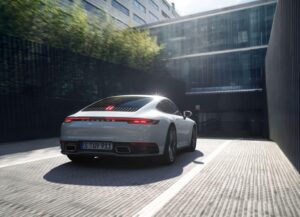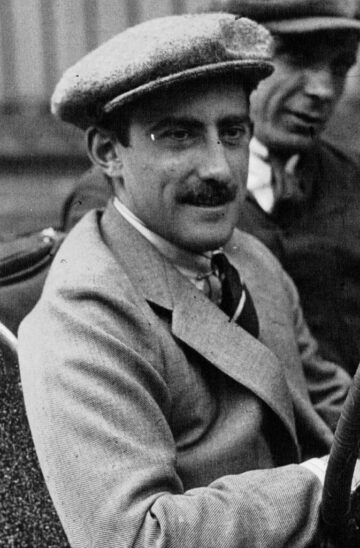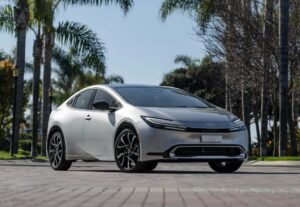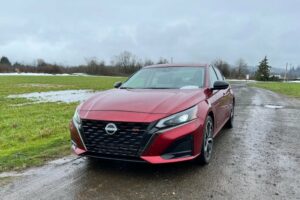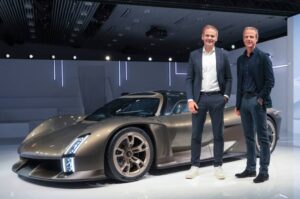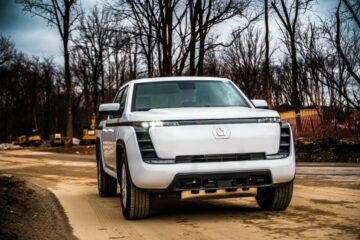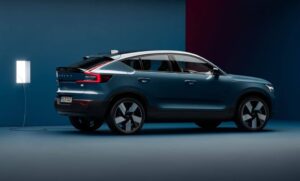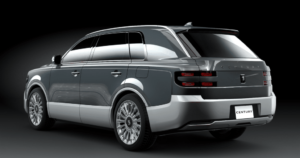BMW is field-testing the iX5 Hydrogen version of the iX SUV, powered by a proton exchange membrane fuel cell that feeds electricity directly to EV motors.
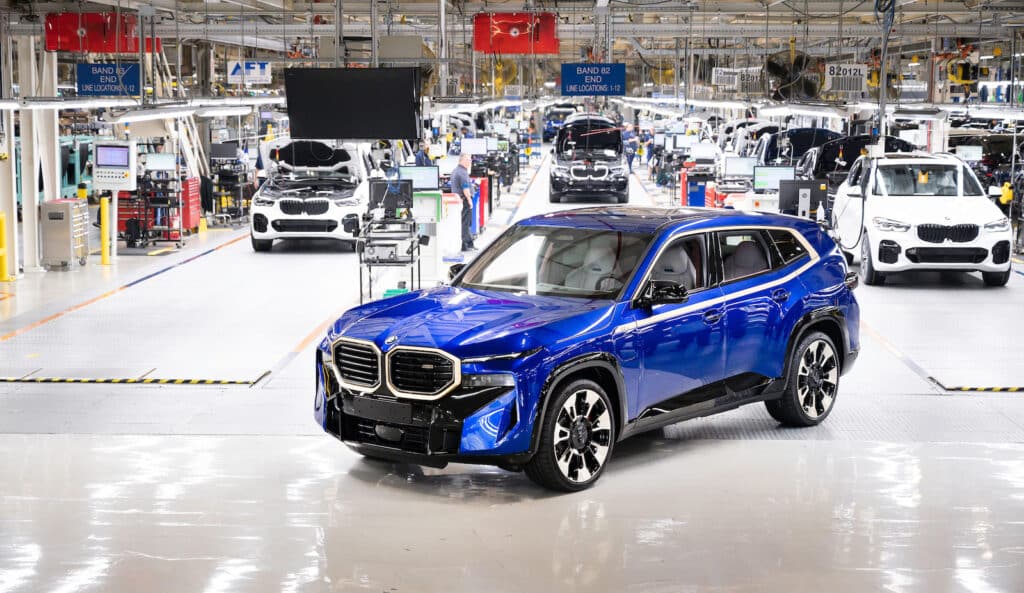
The BMW Group receives its individual fuel cells from the Toyota Motor Corp. and air pumps from Garrett Motion as part of a partnership to develop fuel cell drives. Toyota has already marketed a production fuel cell vehicle, the Mirai, in select markets since 2014.
Using the Toyota cells, the BMW Group is producing highly efficient fuel cell systems at its Munich-based “center of excellence” for hydrogen. The fuel cell system technology is one of the most important components in the BMW iX5 Hydrogen and BMW believes this work will influence the transformation of the entire mobility sector.
“Hydrogen is the missing piece in the jigsaw when it comes to emission-free mobility. One technology on its own will not be enough to enable climate-neutral mobility worldwide,” said Oliver Zipse, chairman of the board of management of BMW AG.
How a PEM Fuel Cell works
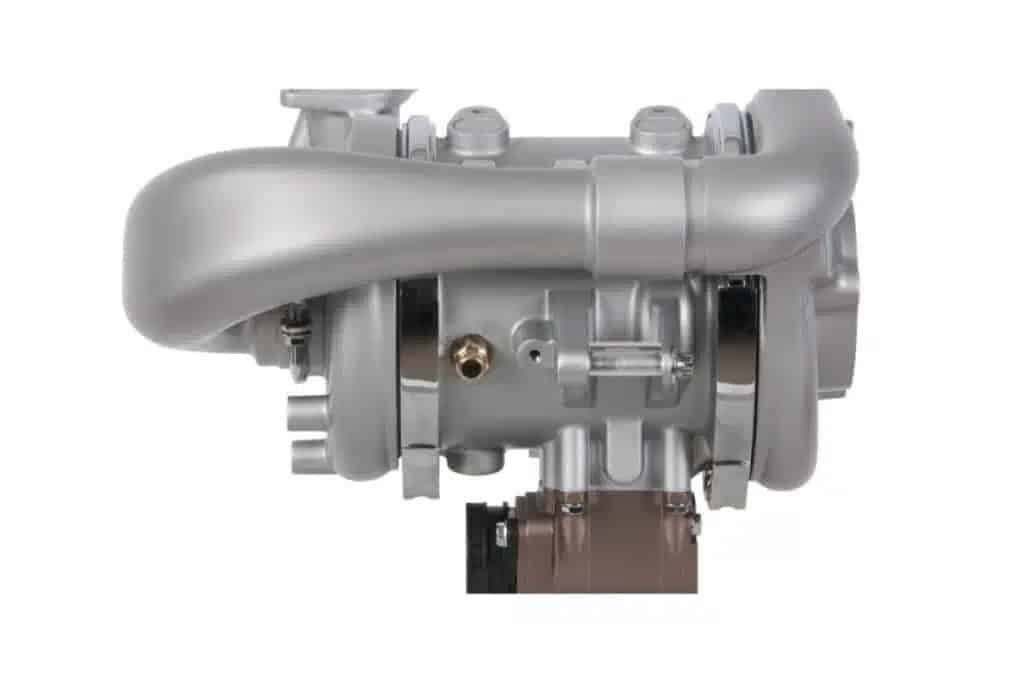
A Proton Exchange Membrane (PEM) fuel cell is a simple solid-state generator. Inside the cell, there are two plates separated by a permeable membrane. The plates are grooved to facilitate gas flow and coated with a conductive metal. The system routes compressed hydrogen on one side of the membrane, and compressed atmospheric air on the other.
The membrane allows the hydrogen atoms to cross over, but strips the electrons from the hydrogen atoms as they pass. The electrons travel through the conductors to the other side of the cell, creating electrical current.
Once across the membrane, the hydrogen atom bonds with the oxygen in the atmospheric air to create water, and the atom regains an electron. Thus, the output of the fuel cell is simply pure water and electricity.
There are two stages in fuel cell production: first, the individual fuel cells are piled up to create a fuel cell stack. Then, all the other components are fitted to form a complete fuel cell system. The BMW Group has developed special hydrogen components for the new fuel cell system. These include working with Garrett to produce a high-revving compressor to push regular atmospheric air through the fuel cell.
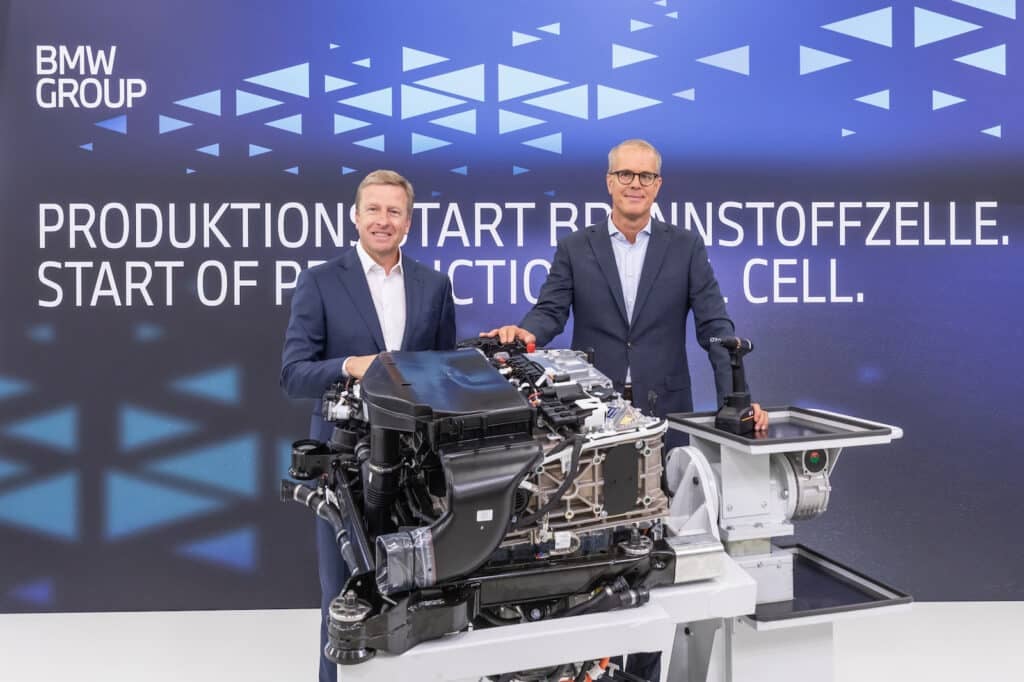
“Hydrogen is a versatile energy source that has a key role to play in the energy transition process and therefore in climate protection. After all, it is one of the most efficient ways of storing and transporting renewable energies. We should use this potential to also accelerate the transformation of the mobility sector,” Zipse says.
The challenge of the fuel cell system is that even though it is the most common element in the universe, free hydrogen atoms are rare on Earth because of their propensity to bond with oxygen atoms to form water. While the planet literally has oceans of hydrogen and oxygen, it requires more energy to split those molecules apart than we can reclaim through a fuel cell.
However, global policy changes, advancements in fuel cell technology and more stringent emissions regulations have contributed to the fast-growing interest in hydrogen-powered electric vehicles. According to the Hydrogen Council, more than $500 billion in new hydrogen projects has been funded in the last two years alone.
BMW’s fuel cell system
The gaseous hydrogen required to supply the BMW fuel cell is stored in two 700-bar tanks made from carbon-fiber-reinforced plastic (CFRP). Together, they hold six kilograms of hydrogen, giving the BMW iX5 Hydrogen a range of 313 miles, as measured in the WLTP cycle. Refuelling the hydrogen tanks takes only three to four minutes using current hydrogen refueling systems, as available in Southern California.
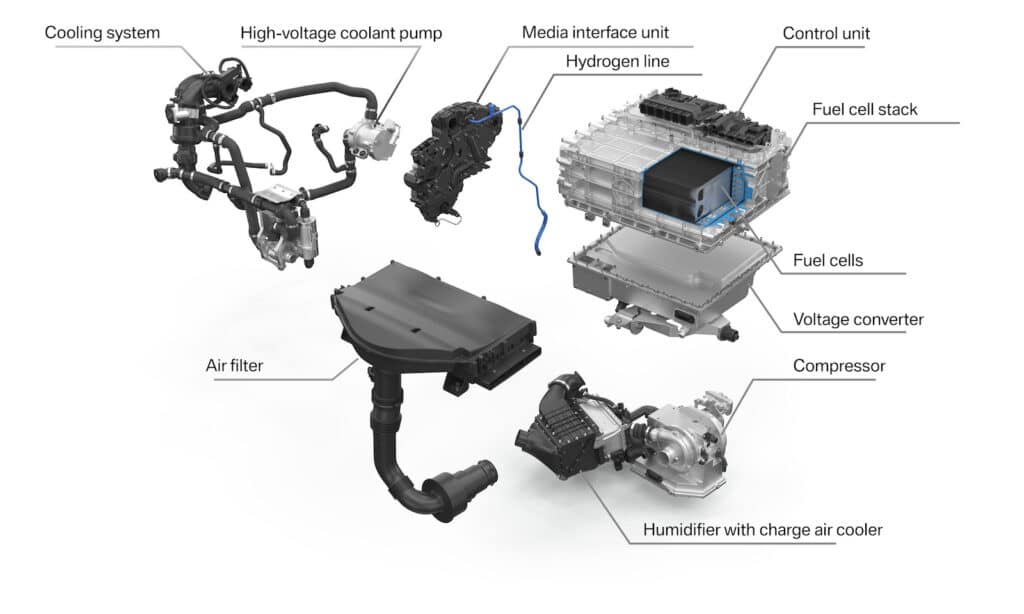
During operation, the hydrogen is already compressed in the tanks, while the air component is compressed by Garrett’s new generation, modular fuel-cell compressor for hydrogen fuel cell electric vehicles.
“For the last four years, we have been working closely with BMW Group to develop an advanced hydrogen fuel cell compressor tailored to their exact needs. This effort will culminate in an in-depth, on-road trial later this year,” said Craig Balis, Garrett vice president and chief technology officer.
In a fuel cell vehicle, the amount of electricity generated is based on moment-to-moment need. You can think of it as comparable to gasoline in that regard. When you press the accelerator pedal, the system demands more electricity, and the fuel cells respond. Garrett’s high-performance electric air compressor delivers the variable airflow needed to optimize the fuel cell system’s power density and output from moment to moment.
Specifically for this application, a new turbine expander, designed to recuperate waste energy from the fuel cell stack’s outlet, enables up to a 20% reduction in electricity consumption for air compression, when compared to conventional fuel cell compressors. Garrett’s modular, high-performance electric fuel cell compressors lean on the company’s turbo aerodynamics expertise and operate above standard industry speeds, beyond 150,000 rpm.
“Garrett is a pioneer in hydrogen electric fuel cell compressor technology with years of demonstrated expertise in production and on-road experience. The next generation builds upon a legacy of breakthrough design and engineering, including our own high-speed electric motor, power electronics and advanced controls,” said Balis.
- SEO Powered Content & PR Distribution. Get Amplified Today.
- EVM Finance. Unified Interface for Decentralized Finance. Access Here.
- Quantum Media Group. IR/PR Amplified. Access Here.
- PlatoAiStream. Web3 Data Intelligence. Knowledge Amplified. Access Here.
- Source: https://www.thedetroitbureau.com/2023/06/bmw-fields-pilot-fleet-of-hydrogen-fuel-cell-vehicles/
- :has
- :is
- :not
- $UP
- 000
- 2014
- a
- above
- accelerate
- accelerator
- According
- across
- advanced
- advancements
- After
- AG
- AIR
- All
- allows
- alone
- already
- also
- amount
- an
- and
- apart
- Application
- ARE
- AS
- At
- atmospheric
- atom
- available
- based
- BE
- because
- been
- begun
- believes
- Beyond
- Billion
- BMW
- board
- bond
- Bonds
- Break
- breakthrough
- builds
- Bureau
- but
- by
- california
- CAN
- cell
- Cells
- ceo
- chairman
- challenge
- Changes
- chief
- chief technology officer
- Climate
- closely
- comes
- Common
- company
- Company’s
- comparable
- compared
- complete
- component
- components
- consumption
- contributed
- controls
- conventional
- Corp
- Council
- Craig
- create
- Creating
- Cross
- Current
- delivers
- demands
- demonstrated
- density
- Design
- designed
- develop
- developed
- directly
- down
- drives
- earth
- efficient
- effort
- Electric
- electric motor
- electric vehicles
- electricity
- electricity consumption
- Electronics
- electrons
- element
- Emissions
- enable
- enables
- energy
- Engineering
- enough
- Entire
- Ether (ETH)
- EV
- Even
- Examines
- exchange
- experience
- expertise
- facilitate
- field
- Fields
- First
- FLEET
- flow
- For
- form
- four
- Free
- from
- Fuel
- fuel cells
- funded
- GAS
- gasoline
- generated
- generation
- generator
- Giving
- Global
- Group
- Have
- he
- high-performance
- highly
- hold
- HTTPS
- hydrogen
- Hydrogen Fuel
- important
- in
- in-depth
- include
- Including
- individual
- industry
- influence
- inside
- interest
- IT
- ITS
- jigsaw
- jpg
- Key
- Kicks
- Last
- later
- Legacy
- made
- management
- Markets
- max-width
- metal
- minutes
- missing
- mobility
- modular
- moment
- more
- most
- motion
- Motor
- Motors
- Need
- needed
- needs
- New
- next
- oceans
- of
- off
- Officer
- on
- ONE
- only
- operate
- operation
- Optimize
- Other
- our
- output
- over
- own
- Oxygen
- part
- Partnership
- pass
- piece
- pilot
- pioneer
- planet
- plastic
- plato
- Plato Data Intelligence
- PlatoData
- Play
- policy
- potential
- power
- powered
- president
- press
- process
- produce
- Production
- projects
- protection
- pumps
- Push
- range
- RARE
- receives
- reduction
- Refueling
- regard
- regular
- regulations
- Renewable
- required
- requires
- Respond
- Role
- routes
- Said
- says
- sector
- should
- side
- Simple
- simply
- since
- SIX
- Source
- Southern
- special
- speeds
- split
- stack
- stages
- standard
- stored
- supply
- system
- Systems
- tailored
- takes
- Tanks
- Technology
- Testing
- than
- that
- The
- their
- then
- There.
- therefore
- These
- they
- think
- this
- this year
- those
- though?
- three
- Through
- to
- together
- toyota
- Transformation
- transition
- transporting
- travel
- trial
- turbine
- two
- Universe
- upon
- use
- using
- vehicle
- Vehicles
- versatile
- version
- Vice President
- Waste
- Water
- ways
- we
- when
- while
- will
- with
- Work
- working
- worldwide
- year
- years
- you
- zephyrnet

